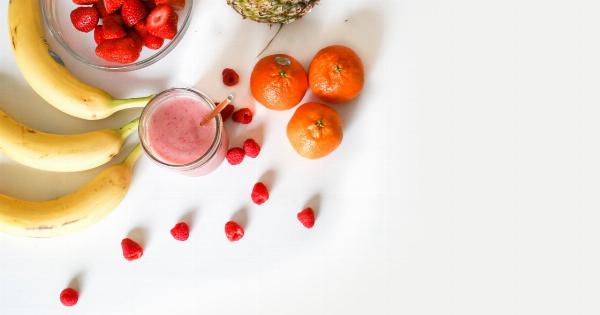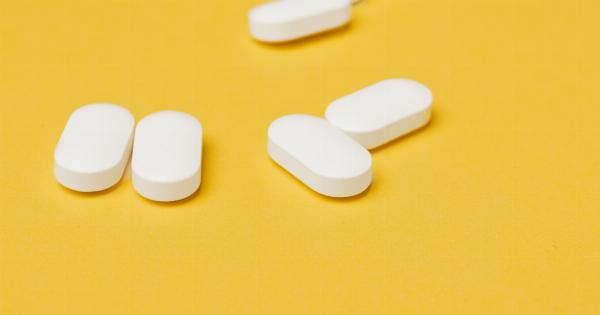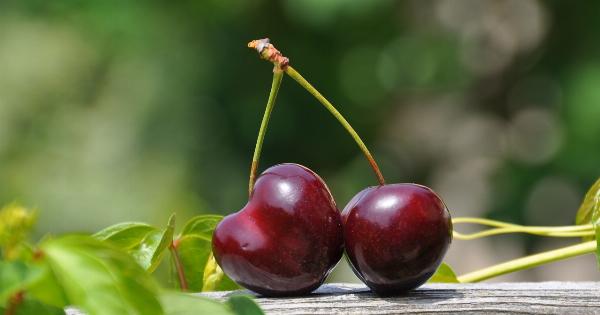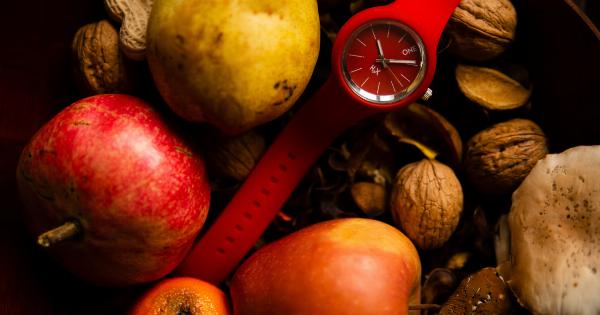Breastfeeding is an essential practice that provides numerous benefits to both mothers and babies.
The World Health Organization recommends exclusive breastfeeding for the first six months of life and continued breastfeeding alongside complementary foods up to two years of age or beyond. Among the numerous advantages of breastfeeding, one important benefit is the prevention of child anemia. This article explores the link between breastfeeding and child anemia prevention, highlighting the factors that contribute to this connection.
Understanding Anemia
Anemia is a condition that occurs when the body lacks enough healthy red blood cells to carry sufficient oxygen to its tissues. It can lead to symptoms such as fatigue, weakness, pale skin, and an increased risk of infections.
Anemia in children is a significant public health concern, as it negatively impacts their growth, cognitive development, and overall well-being.
Breastfeeding and Anemia Prevention
Breast milk is a complete and nutritionally balanced source of food for infants. It contains the perfect combination of essential nutrients, including iron, which is crucial for the production of red blood cells.
Iron is necessary for carrying oxygen to all parts of the body, supporting normal growth, and maintaining overall health.
Exclusive breastfeeding for the first six months of life provides infants with sufficient iron, helping to prevent anemia. Breast milk contains bioavailable iron, meaning it can be easily absorbed and utilized by the baby’s body.
Additionally, breast milk also contains other factors that enhance iron absorption, such as vitamin C and lactose.
Formula-fed infants, on the other hand, may be at a higher risk of anemia due to the lower bioavailability of iron in formula milk.
While formula milk is fortified with iron, it is not as easily absorbed by the baby’s body as the iron in breast milk.
The Role of Colostum
Colostrum, the first milk produced by mothers in the initial days after childbirth, plays a crucial role in anemia prevention. It is thick, yellowish, and highly concentrated in nutrients.
Colostrum contains a higher amount of bioavailable iron compared to mature breast milk. By providing colostrum to newborns, mothers give them an early boost of iron, reducing the risk of anemia.
Iron Stores and Exclusive Breastfeeding
Exclusive breastfeeding protects against anemia because it helps babies maintain healthy iron stores. Newborns have a supply of iron stored in their bodies, which lasts for approximately six months.
By exclusively breastfeeding during this period, infants use this iron reserve along with the iron obtained from breast milk to meet their growing needs.
If infants are introduced to complementary foods too early or are fed iron-poor foods, their iron stores may deplete rapidly, increasing the risk of anemia.
Thus, exclusive breastfeeding plays a vital role in preventing early-onset anemia and ensuring babies have sufficient iron stores until they start consuming iron-rich foods.
Promoting Optimal Iron Absorption
Aside from providing a natural source of iron, breast milk also encourages optimal iron absorption in infants. The iron present in breast milk is bound to proteins called lactoferrin and transferrin, which protect it from harmful bacteria.
These proteins facilitate the absorption of iron in the baby’s intestine while inhibiting the growth of iron-dependent bacteria.
Furthermore, breast milk’s high vitamin C content enhances iron absorption by converting non-heme iron into a more readily absorbable form.
The lactose in breast milk also aids in this process by creating an acidic environment that promotes iron absorption.
Maternal Diet and Anemia Prevention
Maternal diet during breastfeeding also plays a vital role in preventing child anemia. Mothers who consume an adequate amount of iron-rich foods ensure that their breast milk contains sufficient iron for their infants.
Eating a variety of iron-rich foods, such as lean meats, poultry, fish, beans, lentils, leafy green vegetables, and fortified grains, helps maintain maternal iron stores and supports the production of iron-rich breast milk.
Additionally, consuming foods rich in vitamin C alongside iron-rich foods further enhances iron absorption and utilization.
Prolonged Breastfeeding and Anemia Prevention
Continued breastfeeding alongside the introduction of complementary foods further contributes to anemia prevention. While breast milk continues to be an important source of nutrition, it also enhances the absorption of iron from solid foods.
When breastfeeding alongside complementary foods, breast milk provides important factors that improve iron absorption, including vitamin C and certain enzymes.
This ensures that infants can efficiently utilize the iron obtained from solid foods and continue to meet their iron requirements.
Addressing Potential Barriers
While breastfeeding offers numerous benefits for anemia prevention, various barriers can hinder its practice.
Limited maternity leave, lack of workplace support for breastfeeding mothers, and societal stigmas may discourage mothers from breastfeeding exclusively for the recommended duration.
It is crucial for governments, employers, and communities to enhance support for breastfeeding mothers by implementing policies such as extended maternity leave, flexible work schedules, and breastfeeding-friendly environments.
Education and awareness campaigns can also help dispel myths and misconceptions surrounding breastfeeding, promoting its importance in preventing anemia and fostering overall child health.
Conclusion
Breastfeeding plays a vital role in preventing child anemia by providing easily absorbable iron, promoting optimal iron absorption, and supporting healthy iron stores.
The exclusive breastfeeding of infants for the first six months, alongside continued breastfeeding alongside complementary foods, ensures that infants receive the necessary iron to prevent anemia and support their growth and development.



























